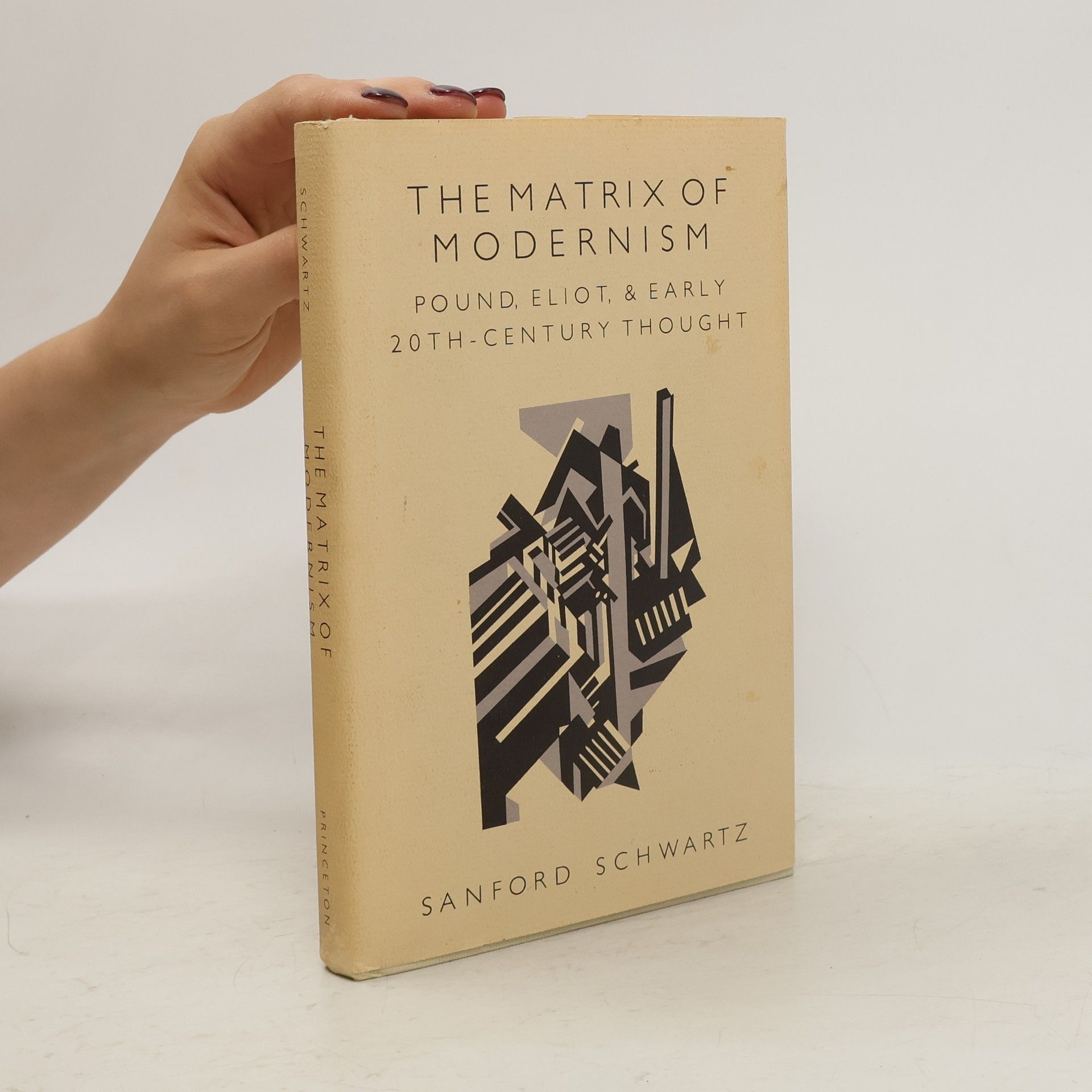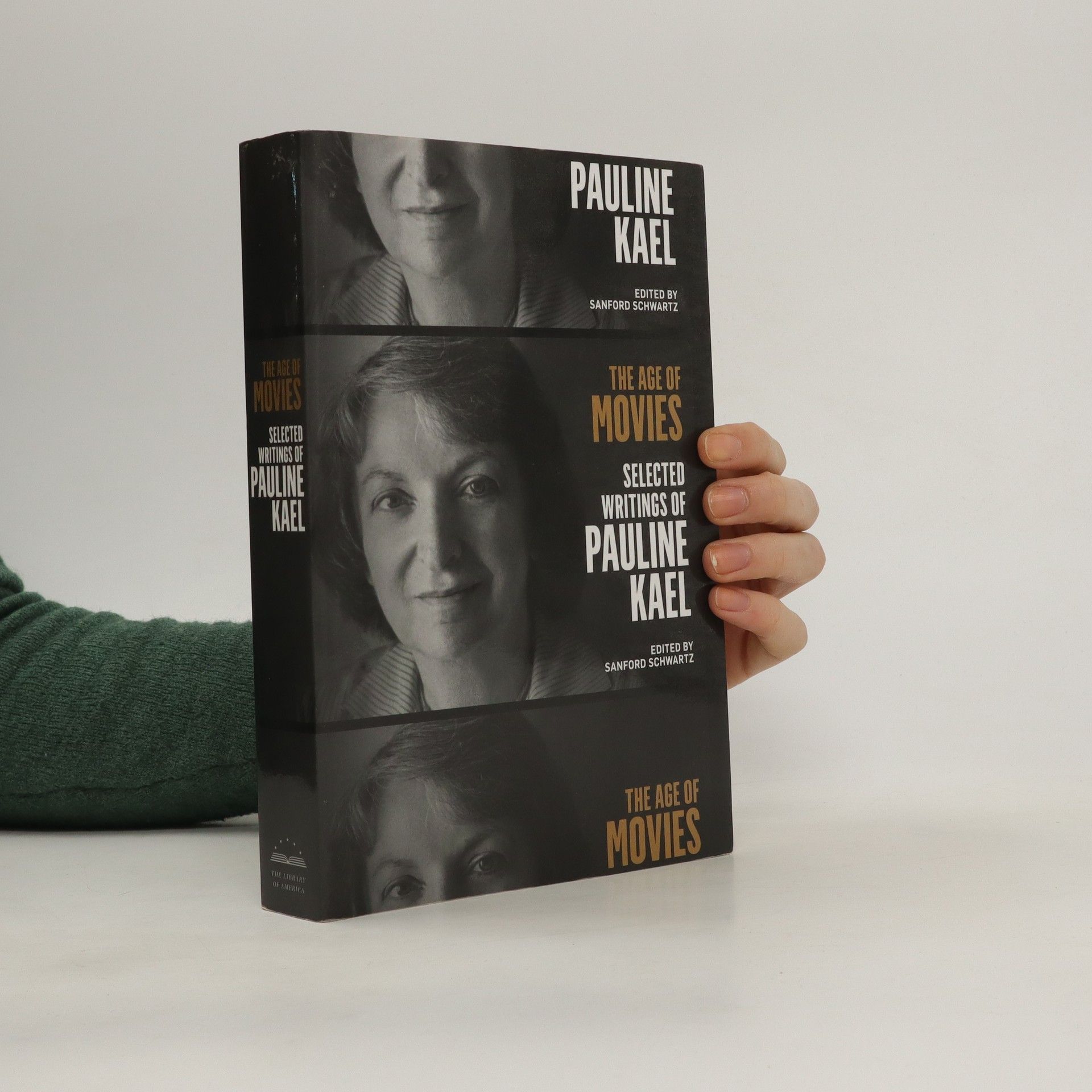Sanford Schwartz explores the trailblazing career of 19th-century Quaker folk artist Edward Hicks Edward Hicks (1780–1849) was the creator of one of the most familiar scenes in American art: the Peaceable Kingdom, which depicts a realm where wild and flesh-eating animals come together with defenseless creatures, and will not harm them. Because Hicks was a Quaker minister, his many renderings of the scene have been taken as largely a self-taught artist’s professions of Quaker pacifism.But here, author and curator Sanford Schwartz, in a wide-ranging study that for the first time looks at Hicks as an imaginative artist as well as a minister, shows how the Peaceable Kingdom paintings―there are some 60 examples, made over 30 years―tell a richer story. In Schwartz’s hands, Hicks emerges as a person and a painter who hardly seems to be of the past. We spend time with this passionate, vehement figure who was also empathic and ardently connected to his wide community. And we see how the Kingdom series, though labeled folk art, share much with the work of mainstream artists of the time and even with work we now call outsider art.
Sanford Schwartz Livres



Selected Writings of Pauline Kael
- 864pages
- 31 heures de lecture
A master film critic is at her witty, exhilarating, and opinionated best in this career-spanning collection featuring pieces on Bonnie and Clyde, The Godfather, and other modern movie classics “Film criticism is exciting just because there is no formula to apply,” Pauline Kael once observed, “just because you must use everything you are and everything you know.” Between 1968 and 1991, as regular film reviewer for The New Yorker, Kael used those formidable tools to shape the tastes of a generation. She had a gift for capturing, with force and fluency, the essence of an actor’s gesture or the full implication of a cinematic image. Kael called movies “the most total and encompassing art form we have,” and her reviews became a platform for considering both film and the worlds it engages, crafting in the process a prose style of extraordinary wit, precision, and improvisatory grace. Her ability to evoke the essence of a great artist—an Orson Welles or a Robert Altman—or to celebrate the way even seeming trash could tap deeply into our emotions was matched by her unwavering eye for the scams and self-deceptions of a corrupt movie industry. Here are her appraisals of era-defining films such as Breathless, Bonnie and Clyde, The Leopard, The Godfather, Last Tango in Paris, Nashville, along with many others, some awaiting rediscovery—all providing the occasion for masterpieces of observation and insight, alive on every page.
The Matrix of Modernism
Pound, Eliot, and Early Twentieth-century Thought
Sanford Schwartz situates Modernist poetics in the intellectual ferment of the early twentieth century, which witnessed major developments in philosophy, science, and the arts. Beginning with the works of various philosophers--Bergson, James, Bradley, Nietzsche, and Husserl, among others--he establishes a matrix that brings together not only the principal characteristics of Modernist/New Critical poetics but also the affiliations between the Continental and the Anglo-American critical traditions. Originally published in 1985. The Princeton Legacy Library uses the latest print-on-demand technology to again make available previously out-of-print books from the distinguished backlist of Princeton University Press. These editions preserve the original texts of these important books while presenting them in durable paperback and hardcover editions. The goal of the Princeton Legacy Library is to vastly increase access to the rich scholarly heritage found in the thousands of books published by Princeton University Press since its founding in 1905.